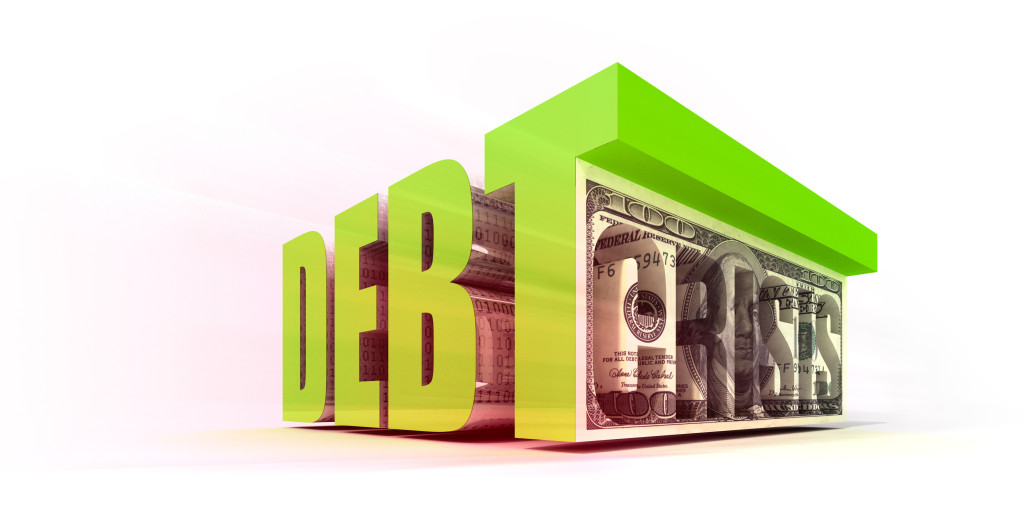
 Many people don’t recognize the true value of an individual’s contribution to society until he or she is gone.
Many people don’t recognize the true value of an individual’s contribution to society until he or she is gone.
That’s not quite the case with our colleague, Larry Edelson. He did have a large, loyal following before he passed away. But it still applies to him in this sense: The Edelson Institute he founded now has an even larger group of devoted fans than he had.
I’m among them. And as I dig more deeply into his big-picture forecasts, I uncover even stronger evidence that supports them.
A classic example: Larry’s prediction of the coming sovereign debt crisis. Repeatedly and consistently, he told us how it would strike in three distinct phases — first hitting the European Union, then Japan, and finally the United States.
He explained how it would corrode society, corrupt politics, and raise the risk of war. Plus, he predicted what’s widely known today as the global money tsunami, the tidal wave of flight capital flowing into U.S. markets.
Now, the Edelson scenario is unfolding in aces and spades.
That’s why two weeks ago, I gave you the answers to five critical war questions, including the names of three defense giants that stand to benefit the most. It’s why last week, I showed you how the crisis is unfolding in the European Union (New, Bigger Shockwaves in Europe). Plus, it’s also why today’s the day to look ahead to the next big phase …
A Volcanic Sovereign Debt Crisis in Japan
Most people seem to have forgotten how massive Japan’s economy still is. Its GDP is double that of the United Kingdom, India and France. It’s three-times larger than Canada’s. Moreover, with nine of its banks among the 100 largest in the world (compared to ten in the United States), its banking sector remains among the most powerful in the world.
Yes, China’s economy has surpassed Japan’s in terms of sheer size. But compared to China, Japan is far more integrated into the global financial system and it will impact it more directly, especially during a sovereign debt crisis.
The big elephant in the room: Japan’s government debts are off the charts!
I witnessed this phenomenon firsthand. I was there in 1980 when the debt problem first emerged in a big way. I launched and edited Japan’s first newsletter on global bond markets. And I talked to virtually everyone who understood how serious the problem could become.
 |
Even back in 1980, many feared that Japan’s giant government debts could strangle its economy, sink the stock market, or worse.
They didn’t want to talk about it publicly, themselves, but they implored me to write about it in the strongest possible terms.
“If we complain too loudly,” they said, “it could damage our relations with the Ministry of Finance and the Bank of Japan. But as a gaijin, you’re kind of expected to be more outspoken. So don’t pull any punches!”
Here’s the irony: In those days, Japan’s government debts were only 50% of GDP. Now, they’ve soared to 239% of GDP, or nearly FIVE times more. (See chart.)
That’s far bigger than the debt load weighing down on Greece (close to 160%) or Italy (about 130%). Plus, it’s nearly double the debt burden of the U.S. government and its agencies.
“Wait just a minute,” I said to Larry when he first made this argument years ago. “Japan and the United States are not directly comparable because Japan’s households save a huge portion of their income, which helps finance their deficit. America’s households save far less.”
True? When Larry and I first talked about it, yes. Now, absolutely not!
Over the years, Japan’s household savings rate has plunged from 20.4% of disposable income to a meager 2.4%. (See red line in chart.)
 |
In contrast, the U.S. savings rate has declined gradually from 13.3% to 6.2% (blue line). In other words …
- Japan’s savings rate used to be close to double America’s.
- Now, in a radical reversal, it’s less than HALF of America’s.
Sound alarming? It should. Because if you multiply the risks illustrated in the two charts, you’ll see that the danger in Japan is far greater than most analysts think.
Risk #1 comes from the sheer size of the debt problem, which is 1.7-times worse than the United States (239% versus 138% of GDP).
Risk #2 comes from the scarcity of domestic savings to finance the deficit, which is over twice as bad as in the United States.
Result: All else being equal, their sovereign debt crisis could be about four-times worse! (And ours won’t be a piece of cake either; America’s government debt load is, itself, the worst of all time.)
How could that impact U.S. investors? For an answer, just remember that bond markets around the world are closely linked: When bond prices collapse in Japan, that crisis can easily spread like a contagion to U.S bonds as well.
Everywhere in the world, heavily indebted governments will have to …
- Pay a lot more to borrow money from the public, driving all interest rates higher, or …
- Raise taxes and cut spending dramatically, a big blow to their already-sagging economies, or …
- Some combination of both.
Bad for bonds. Bad for stocks. And bad for investors who are overcommitted to either.
Just don’t assume that this is going to happen all at once. The crisis could ramp up slowly at first and then erupt when least expected.
To make sure you’re prepared, stay tuned to the free updates provided by The Edelson Institute.
Good luck and God bless!
Martin












